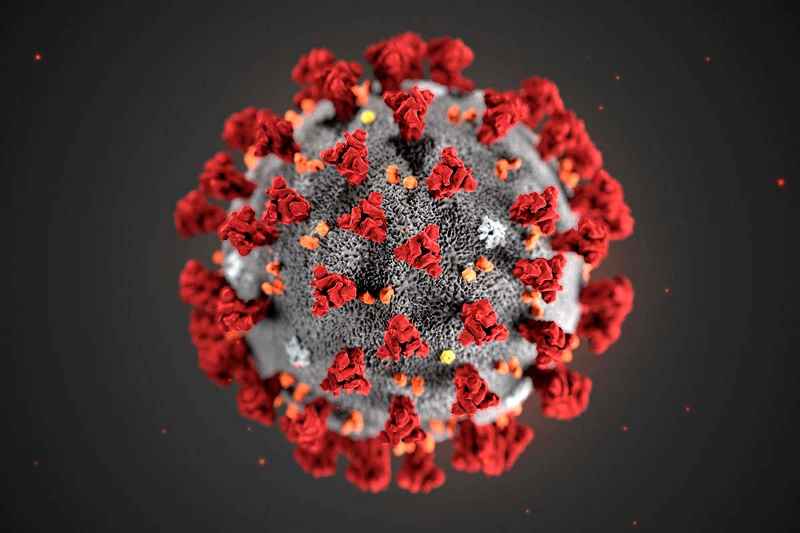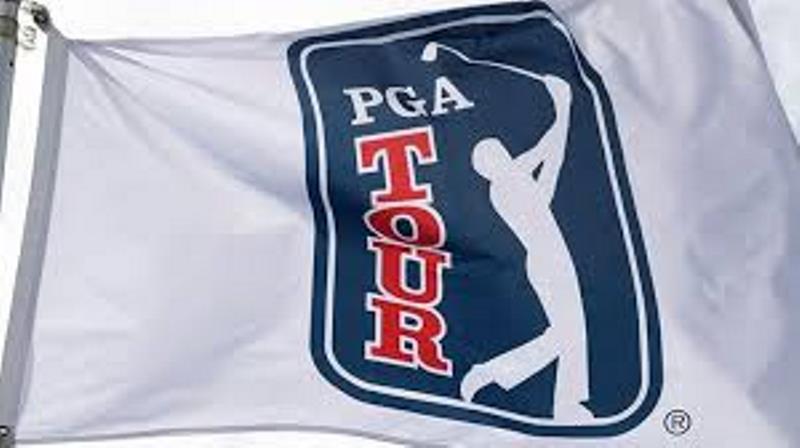 The PGA TOUR took the next step toward its safe return to golf this week, outlining to players the health and safety measures the organization will undertake when 2019-20 FedExCup play resumes at the Charles Schwab Challenge next month.
The PGA TOUR took the next step toward its safe return to golf this week, outlining to players the health and safety measures the organization will undertake when 2019-20 FedExCup play resumes at the Charles Schwab Challenge next month.
The 37-page document, which was sent to players on May 12, previews a comprehensive testing and screening plan that will await players in Fort Worth, Texas, on June 8. Tour staff has worked extensively over the last two months to prepare the plan, which was crafted alongside leading medical experts from Harvard Medical School, with input from the U.S. Federal Coronavirus Task Force and fellow professional sports leagues, as well as other specialists and laboratory experts.
“We’re excited about how the PGA TOUR can play a role here in the world’s return, if you will, to enjoying things we love and doing so in a responsible manner,” said Tyler Dennis, PGA Tour Senior Vice President & Chief of Operations.
“We have spent a lot of time being very thoughtful, diligent and trying to be transparent with all of our constituent groups and thinking through what we’re calling our return-to-golf plan.”
As detailed and cautious as the plan may be, Dennis reiterated that the Tour will not play if it cannot do so in a safe and healthy environment. And just as importantly, the measures implemented will not take away from testing and medical resources in the communities the Tour plays in, he said.
The plan will continue to evolve as necessary.
“It’s really a layered approach that we’ve taken, and the heart of it is social distancing,” he said. “It’s something we’re all quite accustomed to in our personal lives now. We know that we can go throughout our day and week at a tournament site in a socially distant manner. That’s really critical to the overall health and safety plan.”
Those social-distancing measures will be best showcased during competition, where post-round handshakes and high-fives have been banned. Players and caddies will also distance themselves more than usual, with, for example, players accessing their own golf bags instead of the caddie.
“We have taken the time to think really through a day in the competitive life of a player and caddie and how we need to make some small adjustments in places to ensure that we can be as comprehensive as possible with our health and safety,” Dennis said.
Layered on top of those social-distancing procedures will be the complete testing and screening plan, as well as a significant enhancement in disinfectant and hygiene practices. An average of 400 people are expected to be tested each week.
Players, caddies and other officials will take part in a required pre-travel testing program and then undergo a trio of screening methods upon arrival at a tournament stop. This will include answering questions, submitting to a thermal temperature reading and a nasal swab test, which diagnoses COVID-19. Throughout the week, anyone who comes on site must go through a questionnaire and thermal screening before entering the property, according to Andy Levinson, PGA Tour Chief Tournaments and Competitions Officer.
In the event of an elevated temperature of more than 100.4 degrees Fahrenheit during the daily thermal screen, the Tour will initiate a protocol that could include a COVID-19 test.
The Tour aims to have test results back within 24 to 48 hours, though it has identified local laboratories that are not burdened with community testing to help decrease turnaround time. While awaiting test results, players are allowed to practice and play as long as they practice social distancing and do not use on-site facilities.
In the event of a positive test, the person must isolate for a minimum of 10 days after the first positive test with no subsequent symptoms or two negative test results at least 24 hours apart. The Tour and tournaments will both provide support throughout any potential isolation period.
That limited access begins first with spectators, who are not allowed at any of the Tour’s first four events once play resumes. Pro-ams have also been barred in the near term.
Fans’ attendance at any tournament beyond the initial four tournaments has not been determined. Beyond that, players’ families will not be permitted on site, and golfers will have scaled-back support staff limited only to an instructor, coach or interpreter. Clubhouse access will also be limited only to those who are cleared through testing.
Media will be limited, and one-on-one interviews will also be disallowed. All media sessions will take place in a socially-distance-conscious flash area.
Personal protection equipment such as face masks will be available, and sanitary items such as disinfectant wipes and hand sanitizer will be available throughout each property where the Tour plays.
“We’ve really taken the approach of looking at every single person who’s on site, walking a day in their shoes, trying to recognize those touch points and understanding ways that we can mitigate that,” Levinson said.
The Tour’s controlled “bubble” will be extended beyond the golf course, too. Players are encouraged to stay at one designated host hotel, and the Tour will provide charter flights between PGA Tour, PGA Tour Champions and Korn Ferry Tour events, to a maximum of 170 players and caddies. Courtesy cars will be decided by each event but using rideshare services is not allowed.
“We’re going to ask [players] to act as if they are now and how they have been for the past couple of months, which is a safer-at-home philosophy,” Levinson said.
“That means not going into crowded areas, not going to restaurants necessarily but doing take-out instead, and we’re going to work with the local hotels to ensure that they have proper health and safety plans.”
“It’s important for us to mitigate the risk wherever we can, and we also have an obligation to the communities in which we’re playing, an obligation to the people who are going to be watching us in our broadcast, and that is to set a good example, and we believe we can do that with the plan we’ve set forth,” he added.





































